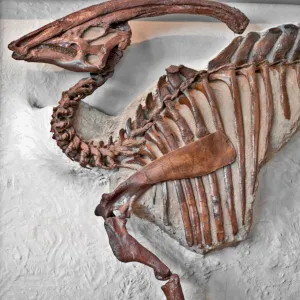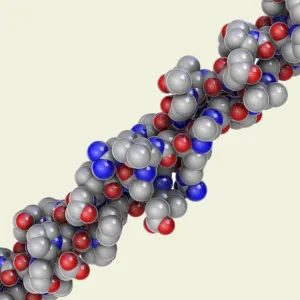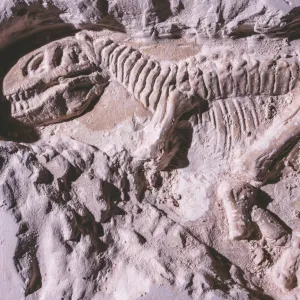Soft Tissue and Carbon 14 in Fossils
Posted on: 26 September 2025 by Richard Worsley
Posted in: [Creation and World History] [Fossils]
Soft Tissue and Carbon 14 in Fossils
The article which Richard introduces in this video, is the report from a research project carried out for a PhD degree at Liverpool University, and as such, is going to be far too detailed for most of us to want to read. Even so, the important point that comes out is that there is good evidence for the presence of both carbon-14 and soft tissue in fossils. Carbon-14, which is the key to carbon dating, only lasts a matter of thousands of years, as do all biological soft tissues. It cannot be stressed enough, that we are confronted with increasing evidence to suggest that the fossils simply cannot be millions of years old.
Go to Post









